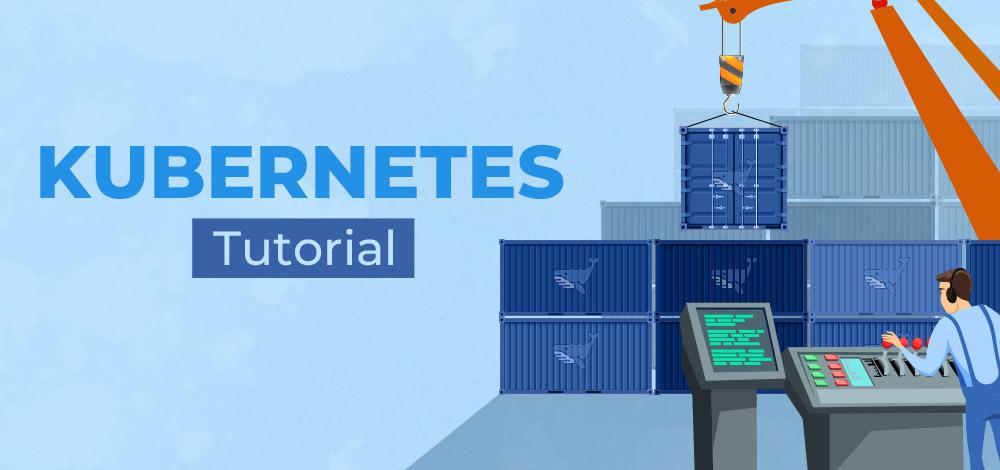Kubernetes Tutorial
Last Updated :
20 Apr, 2023
Kubernetes is a tool that helps us to run and manage applications in containers. It was developed by Google Lab in 2014, and it is also known as k8s. It is an open-source container orchestration platform that automates the deployment, management, and scaling of container-based applications in different kinds of environments like physical, virtual, and cloud-native computing foundations. Containers are isolated from each other so that multiple containers can run on the same machine without interrupting anyone else. It allows us to deploy and manage container-based applications across a Kubernetes cluster of machines.

In this Kubernetes Tutorial you’ll learn all the basics to advanced concepts like Kubernetes service, Kubernetes cluster construction, Kubernetes deployment, Kubernetes Architecture, etc. This tutorial will provide all the essential information needed to understand and work with Kubernetes, including the use of APIs, installation, and Kubernetes cluster construction. Whether you are a beginner or an expert, this tutorial will cover all the necessary details to help you learn and understand Kubernetes.
Basics of Kubernetes
Advanced Kubernetes
Why do we need Kubernetes?
There are several reasons to learn Kubernetes like easy scaling of applications, self-healing, portability, and automation. It is very helpful for running microservices and distributed systems.
For example: You have a couple of applications to deploy so, you can package it into a container and run it on a server containing a Docker engine or any other container engine. You package the application into a container using a Docker file and host it on a port for the external world to access it.
But there is a drawback is that it is only running on a single server so, if at that point any failure occurs it becomes an application failure, to handle the single point of failure google introduced Kubernetes to scale applications.
Features of Kubernetes
- Consistent Development, management, and deployment
- Container-based infrastructure
- Utilization of resources in higher density
- Each component is like a separate unit
- Application-centric infrastructure
- Auto scalability
- Consistency is maintained across testing and development
Conclusion
This tutorial provided a comprehensive overview of Kubernetes, including its history, key features, and how it can be used to manage and deliver containerized applications. We covered the use of Kubernetes APIs, installation, and cluster construction. Whether you are new to Kubernetes or an experienced user, this tutorial will provide you with the information you need to understand and work with this powerful open-source platform. Kubernetes is widely used in the industry and continues to be a popular choice for managing containerized applications in a production environment. Keep learning and experimenting with Kubernetes to discover its full potential.
Share your thoughts in the comments
Please Login to comment...